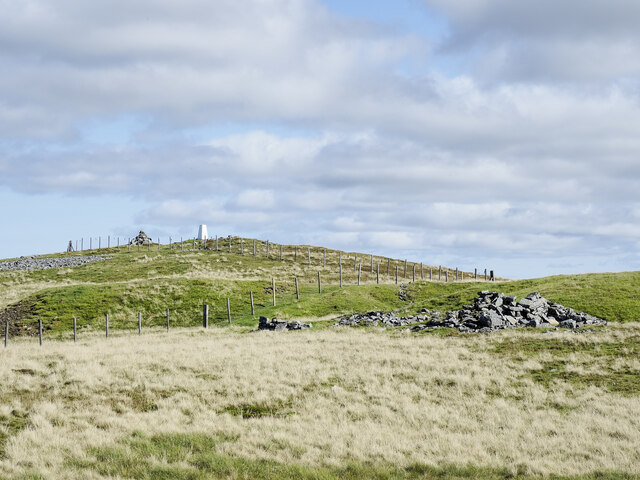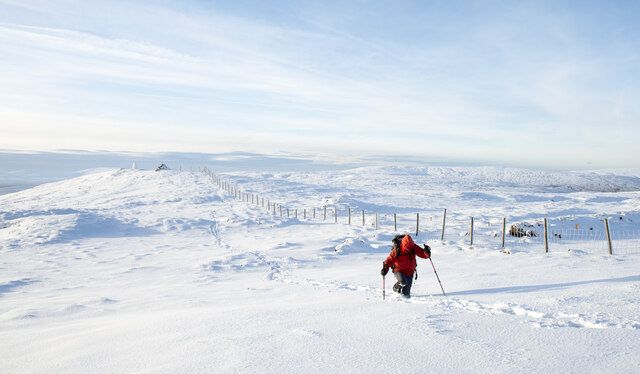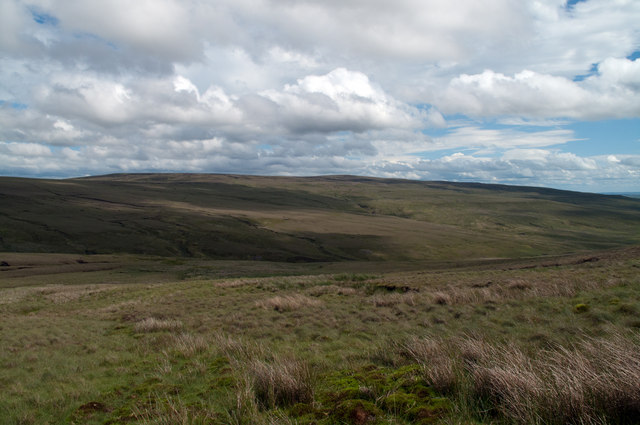Frances' Cleugh
Valley in Durham
England
Frances' Cleugh
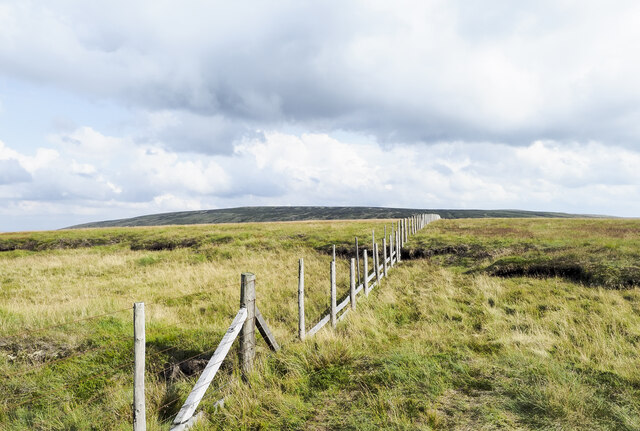
Frances' Cleugh is a picturesque valley located in Durham, a county in the northeastern part of England. Situated near the village of Blanchland, this stunning landscape is renowned for its natural beauty and tranquil atmosphere.
The valley is named after Frances, a local landowner, who owned the land during the 18th century. It is characterized by a meandering river that runs through the center, known as the Cleugh Burn. The river flows gently, creating small cascades and pools along its course, adding to the charm of the area.
The surrounding landscape of Frances' Cleugh is dominated by rolling hills and lush greenery, making it an ideal spot for nature enthusiasts and hikers. Visitors can explore the numerous walking trails that crisscross the valley, offering breathtaking views of the countryside and opportunities to spot local wildlife.
One of the highlights of Frances' Cleugh is the abundance of wildflowers that bloom during the spring and summer months, creating a vibrant tapestry of colors. The valley is also home to a variety of bird species, including woodpeckers and kingfishers, making it a haven for birdwatchers.
In addition to its natural beauty, Frances' Cleugh is steeped in history. The ruins of a medieval chapel can be found in the valley, adding an air of mystery and intrigue. The tranquil setting and historical remnants make Frances' Cleugh a popular destination for those seeking peace and tranquility away from the bustling city life.
If you have any feedback on the listing, please let us know in the comments section below.
Frances' Cleugh Images
Images are sourced within 2km of 54.713816/-2.2506632 or Grid Reference NY8335. Thanks to Geograph Open Source API. All images are credited.





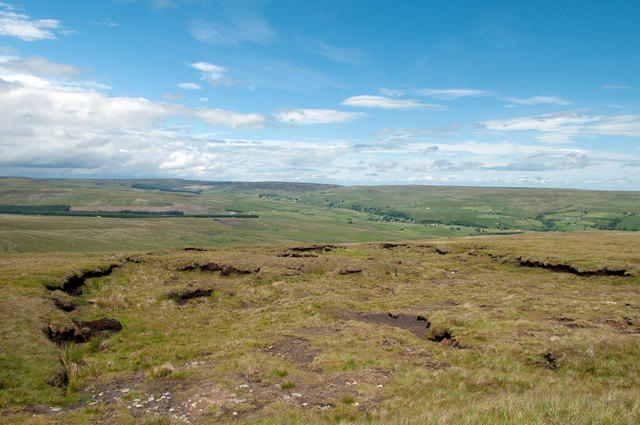
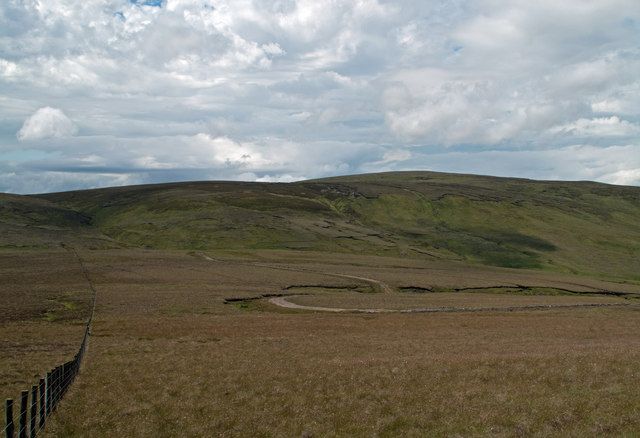


Frances' Cleugh is located at Grid Ref: NY8335 (Lat: 54.713816, Lng: -2.2506632)
Unitary Authority: County Durham
Police Authority: Durham
What 3 Words
///expansion.chatted.repaid. Near Newbiggin, Co. Durham
Nearby Locations
Related Wikis
Harthope Moss
Harthope Moss, also known as Chapel Fell (elevation 627 m; 2,057 ft) is a mountain pass in the English Pennines. The pass divides Weardale to the north...
Far High House Meadows
Far High House Meadows is a Site of Special Scientific Interest in Upper Weardale in west County Durham, England. It consists of three fields, located...
Burnhope Reservoir railway
The Burnhope Reservoir railway was an industrial narrow gauge railway built to serve the construction of Burnhope Reservoir near Weardale. An extensive...
Upper Teesdale
Upper Teesdale is a Site of Special Scientific Interest (SSSI) in the west County Durham, England. It encompasses an extensive upland area that includes...
Harwood, County Durham
Harwood is a small valley and village near the head of Teesdale. Harwood Beck is a tributary of the River Tees in County Durham which forms a short valley...
Forest and Frith
Forest and Frith is a civil parish in the County Durham unitary authority, in the ceremonial county of Durham, England. In the 2011 census it had a population...
New House, County Durham
New House or Newhouse is a hamlet in the civil parish of Stanhope, in County Durham, England. It lies on the north side of the River Wear, opposite Ireshopeburn...
Ireshopeburn
Ireshopeburn ( EYE-sup-burn ) is a village in the civil parish of Stanhope, in County Durham, England. It is situated on the south side of Weardale, between...
Nearby Amenities
Located within 500m of 54.713816,-2.2506632Have you been to Frances' Cleugh?
Leave your review of Frances' Cleugh below (or comments, questions and feedback).
